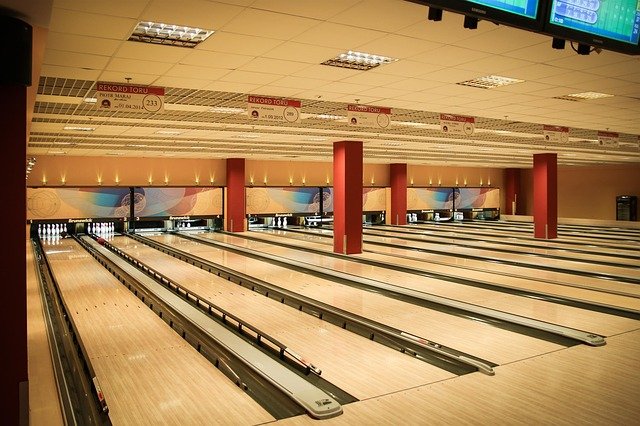people have been throwing balls for hundreds of years. However, the history of modern bowling is relatively young. What do we know about the sport?
– All bowling lanes must have defined dimensions. 100 cm wide and 19156 cm long.
– The diameter and weight of the ball are also determined. The diameter is 215 mm and the weight is determined to be up to 7.25 kg. This is why most sports venues are equipped with balls corresponding to the upper weight limit
.
– The standard method of manufacturing the lanes is to lay down solid hardwood (usually maple) 4.5 m from the starting line. This withstands the impact of a wooden ball being thrown well. The remaining meters of the track are made of pine.
– Inside each ball is a metal core, which is placed in various locations and not necessarily in the exact center of the ball. Eccentricity can alter the trajectory of the ball.
– There are actually two types of play with balls and cones: the first is bowling, in which a ball with finger holes is used; the second is bowling, in which a ball with a smooth surface and no holes is used.
– Did you know that bowling balls were made of natural or synthetic rubber? It was only at the end of the 20th century that they were replaced by so-called proactive polyurethane balls. This improved the game and made it easier for bowlers to manage their strikes.
– The game became known worldwide in 1952. From there it gradually spread to other countries, and it was not until 1997 that a bowling association was formed in the Czech Republic. There were only 39 founding members. Today, more than 5,000 people enjoy bowling.
– The maximum score that can be obtained in one game is 300 points. However, the average player or beginner cannot achieve this, which is between 100 and 150 points. The game is played in such a way that everyone takes turns after one roll, so the score is constantly updated.
